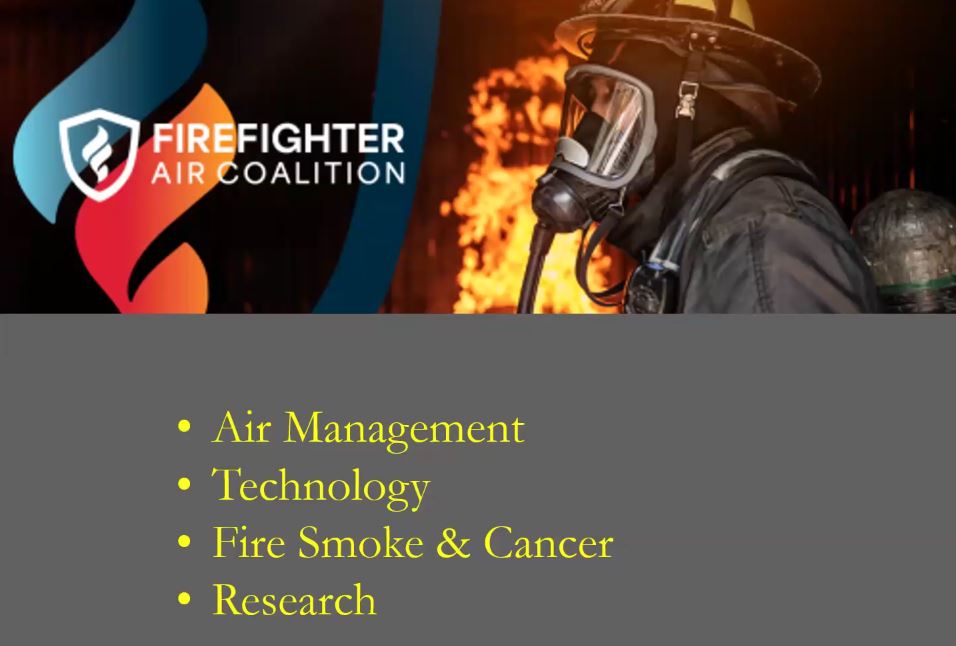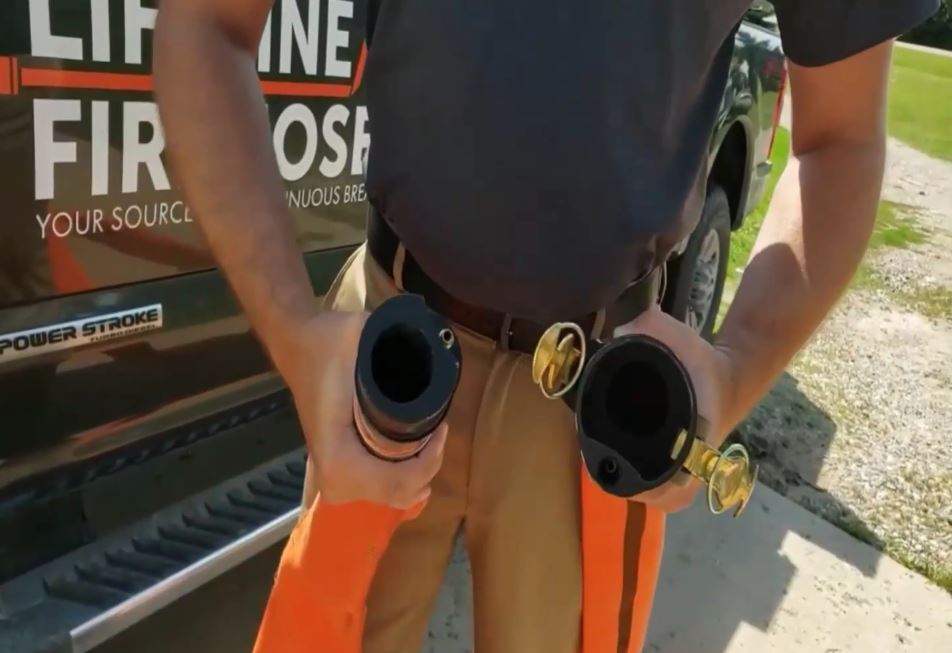
Firefighters correctly recognize the importance of getting water on the fire; but without effective air management in today’s unforgiving fire environment, fire department members are all but unable to access the seat of the fire and effect extinguishment. At the interface of air management and technology is the Firefighter Air Coalition, made up of members from various parts of the fire service, all of whom recognize the importance of this variable when it comes to structural firefighting.
Watch the Webcast: Firefighter Air Technology – A Necessary Partner in Fireground Survival
During a recent Webcast, members of the Coalition emphasize some of the different factors that fire organizations need to consider when it comes to firefighter air technology. Helmed by Mike Gagliano—retired captain from the Seattle (WA) Fire Department and renowned member of the “Seattle Guys,” who first emphasized the importance of air management on today’s fireground—the presentation introduced viewers to different approaches to the problem—and potential solutions.

The Modern Fire Environment and Smoke
Gagliano stressed the toxic and carcinogenic nature of modern smoke environments. It highlights the dangers of substances like hydrogen cyanide and carbon monoxide, which can cause severe health issues, including heart disease and brain damage. These toxins disrupt the body’s oxygen supply, leading to incapacitation and death for both civilians and firefighters operating in these environments. Use of self-contained breathing apparatus (SCBA) can mitigate these effects, but only if proper air management practices are adhered to.

Firefighter Air Replenishment Systems (FARS)
Among the game-changing technological enhancements available to fire departments are Firefighter Air Replenishment Systems (FARS). David Kerr, a deputy chief and fire marshal for the City of Plano (TX) Fire-Rescue, enumerated some of the benefits of these systems, which are analogous to water standpipes, providing a continuous supply of air through fixed piping in buildings.
FARS are particularly valuable in large structures, such as high-rises and warehouses, where transporting air bottles can be cumbersome and time-consuming. Firefighters can connect their air tanks to emergency fill panels, which enables continuous fire attack and search and rescue operations without the need to retreat to obtain additional air.
As Kerr explained, FARS employs an air fire department connection (FDC), allowing firefighters to replenish their SCBA air supply within 30 seconds to two minutes without leaving their location. The systems also feature monitoring systems and the in-building cascade system, which stores air and ensures a consistent supply even as monitoring systems provide real-time data on air quality and system status.
Thanks to the leadership team and Chief Jay Hagen, the Bellevue (WA) Fire Department’s implementation of FARS in all new high-rise and tunnel constructions since 2016 serves as a model for ensuring firefighter safety and operational efficiency. The system allows firefighters to refill their air bottles quickly and return to the operation, enhancing the overall response to emergencies.
The ability to access air quickly and efficiently can be a matter of life and death, especially in complex fire scenarios, and the introduction of FARS represents a significant advance in firefighter safety,

The Lifeline Fire Hose System
Another technology highlighted in the presentation was the Lifeline Fire Hose system, designed to provide continuous breathable air during emergencies. The system integrates a quarter-inch thermoplastic airline with a standard fire hose, allowing firefighters to access air simultaneously while using water. This innovation supports critical moments, such as finding an escape route or continuing operations in dangerous conditions; it can also be employed by rapid intervention teams when searching for a down member. During overhaul, the system allows firefighters to continue using their masks while working.
The Lifeline Fire Hose can replace traditional air carts or be retrofitted into existing apparatus for additional functionality. It meets all National Fire Protection Association standards and can be quickly adopted by fire departments due to its compatibility with existing equipment and training.
Arctic Compressor Mobile Air Trailer
Also featured was Arctic Compressor’s mobile air trailer, which has a 2,500-compressor block powered by a 20-horsepower electric motor. This trailer is designed to optimize power based on available resources, whether from onboard batteries, shore power, or a generator. The trailer’s customizable features include a compact double bubble air fill station, similar to stationary units but designed for mobile use.
It accommodates both SCBA and scuba cylinders and includes a fully integrated control panel with manual controls and a drop-down feature for serviceability. The trailer also has a high-pressure hose rail and 11 storage positions. Optional features include a second compact double fill station to enhance air filling capacity and an upgrade to the battery pack. This system improves portability by eliminating the need for diesel fuel and optimizes efficiency by controlling compressor speed, and can serve dual purposes as both a fire scene compressor and an in-station unit.

Affordable Drill Towers
All the technology in the world won’t save you unless your crews are trained on its use, and that means getting effective reps. That’s where Affordable Drill Towers, a supporter of the Firefighter Air Coalition and their partner in the Fire in the Sky conference in the Houston area, comes in. The company showcased some of their training solutions, which provides firefighters with the ability to train on the various air management technologies and methodologies available to them.
They’re providing another training tower to the City of Mobile (AL) Fire Department to help them improve their training offerings for members. Their current tower gets heavy use, including from recruits, the tech rescue team, and for Class A burns.
The new offering from Affordable Drill Towers doesn’t replace the old tower, but has an open-air concept that allows recruits, not on air, to advance hose lines while under observation, free from the carcinogens present in a regular-use tower. You could also put on SCBA to simulate more realistic conditions, and it features a cascade system so firefighters can train on replenishing their air supply and practice good air management tactics.
–
The Firefighter Air Coalition aims to continue providing valuable training and resources to enhance firefighter safety and effectiveness. To learn more about the various technologies mentioned above, visit https://www.aircoalition.org/.
Watch the Webcast: Firefighter Air Technology – A Necessary Partner in Fireground Survival

